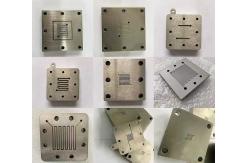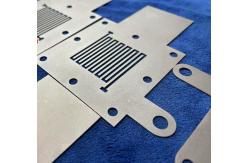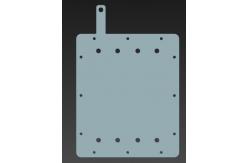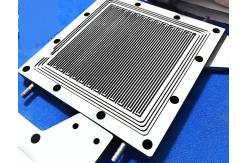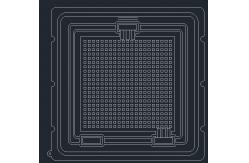Customization GR1/GR2 Titanium Bipolar Plates for PEM Electrolyzer
|
|
Customization GR1/GR2 Titanium Bipolar Plates for PEM Electrolyzer
Product Name: Bipolar Plate
1. Production Process of Titanium Bipolar PlatesTitanium bipolar plates are essential components in PEM fuel cells and PEM water electrolyzers. They are responsible for distributing gases/liquids, conducting electricity, and supporting the membrane-electrode assembly. The production process involves several key steps: 1.1. Raw Material Selection
1.2. Surface Pretreatment
1.3. Flow Field FormingFlow channels are designed to manage the flow of gases or liquids. Common forming methods include: (a) Stamping
(b) Roll Forming
(c) Chemical Etching
(d) Laser or EDM Machining
1.4. Welding (For Assembly)Two patterned titanium sheets may be joined to create a sealed bipolar plate:
1.5. Surface Coating TreatmentTitanium tends to form a non-conductive oxide layer (TiO₂), which affects electrical performance. Surface coatings are applied to improve conductivity and corrosion resistance. Typical Coating Types:
1.6. Quality Testing
2. Applications of Titanium Bipolar PlatesTitanium bipolar plates are used in various electrochemical systems, including: 2.1. Proton Exchange Membrane Water Electrolyzers (PEMWE)
2.2. PEM Fuel Cells (PEMFC)
2.3. Electrolytic Cells
3. Advantages of Titanium Bipolar Plates
4. ChallengesWhile titanium bipolar plates have many advantages, some challenges include:
|
||||||||||||||
| Product Tags: Customization Titanium Bipolar Plates GR1/GR2 Titanium Bipolar Plates PEM Electrolyzer Titanium Bipolar Plates |
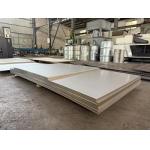
|
Nickel Plates Titanium Alloy Sheet for Chemical Marine Industrial |
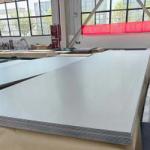
|
Acid Washed ASTM F136 Titanium Alloy Sheet for Medical Chemical and Automotive Applications |
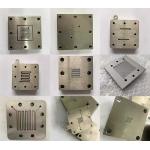
|
Customization GR1/GR2 Titanium Bipolar Plates for PEM Electrolyzer |

|
Versatile Titanium Alloy Plate Heat Exchanger Sheets Custom Sized 300-1000mm |
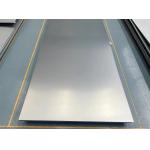
|
3D Print Antique Stainless Steel Sheet 2m To 6m Length UNS R564000 Cold Rolled Annealed |
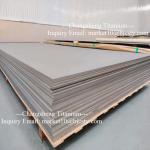
|
Grade 17 Titanium Sheet 8mm Thickness ASTM B265 For Processing Elbow And Nozzle |

